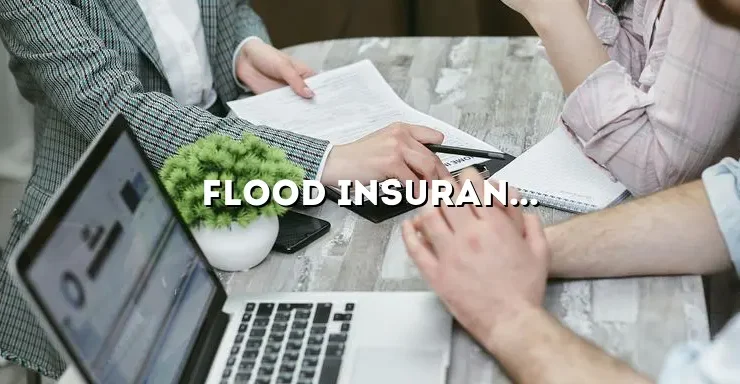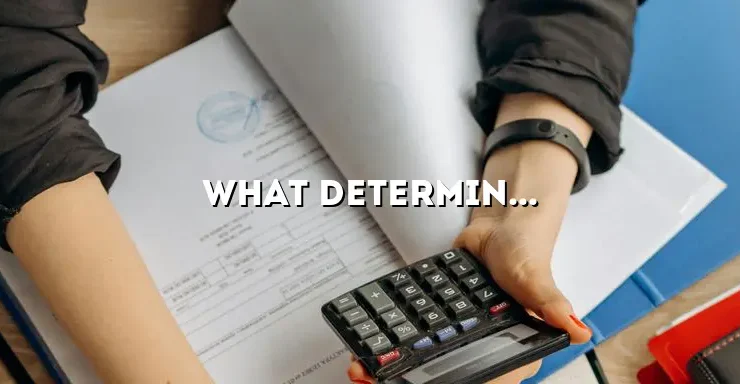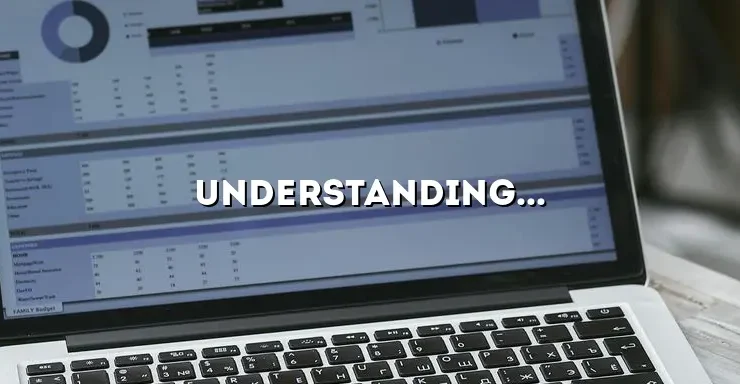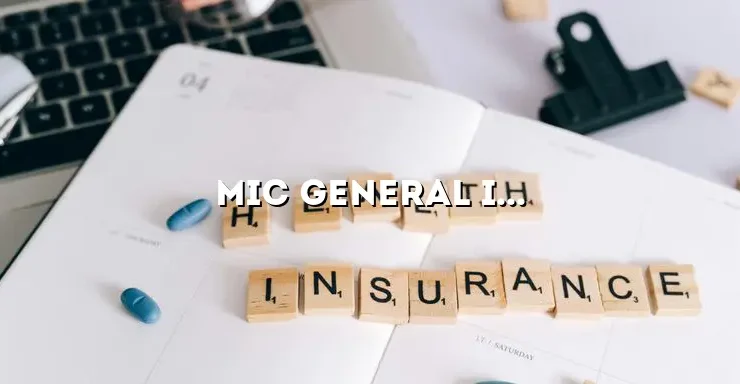
Living in Texas, you may be well aware of the unpredictable weather patterns that often lead to devastating floods. The catastrophic damage caused by floods can leave homeowners struggling to rebuild their lives and homes. This is where flood insurance comes into play, offering financial protection against the aftermath of a flood. In this article, we will delve into the cost of flood insurance in Texas, helping you understand the importance of this coverage and how it can safeguard your home and finances.
Understanding Flood Insurance in Texas
When it comes to understanding flood insurance in Texas, it is essential to grasp the basics of what this coverage entails. Flood insurance is a specialized policy that provides financial protection specifically against losses caused by flooding. Unlike standard homeowners insurance, which typically excludes flood damage, flood insurance is specifically designed to cover damages resulting from floods.
One crucial aspect to consider is that flood insurance is primarily offered through the National Flood Insurance Program (NFIP), a federal program administered by the Federal Emergency Management Agency (FEMA). The NFIP sets the guidelines and rates for flood insurance policies, providing homeowners with an opportunity to protect their properties against flood-related risks.
What Does Flood Insurance Cover?
Flood insurance typically covers two main areas: building property coverage and personal property coverage. Building property coverage refers to the physical structure of your home, including its foundation, walls, and electrical systems. On the other hand, personal property coverage protects your belongings, such as furniture, appliances, and clothing, that may be damaged or destroyed by a flood.
It is important to note that flood insurance does not cover everything in your home. Certain items, such as precious jewelry, artwork, and currency, may have limited coverage. Additionally, damages caused by mold or moisture that could have been prevented or were not directly caused by the flood may not be covered.
Factors Affecting Flood Insurance Premiums
Several factors come into play when determining the cost of flood insurance premiums in Texas. Understanding these factors can help you anticipate and evaluate the potential cost of obtaining flood insurance.
Flood Zone
One of the primary factors that affect flood insurance premiums in Texas is the flood zone where your property is located. FEMA designates flood zones based on the likelihood of flooding in a given area. Properties located in high-risk flood zones, such as the Special Flood Hazard Area (SFHA), generally have higher insurance premiums compared to those in moderate-to-low-risk zones.
Elevation and Construction Type
The elevation and construction type of your home can also impact your flood insurance premiums. Homes built at higher elevations are generally considered less susceptible to flooding and may qualify for lower premiums. Similarly, the construction type of your home, particularly if it incorporates flood-resistant materials or design features, can help reduce insurance costs.
Prior Flood History
If your property has a history of previous flood damage, it may affect the cost of flood insurance. Insurance providers consider the frequency and severity of past flood events when assessing the risk associated with insuring your property. If your home has experienced flood damage in the past, you may face higher premiums.
Deductible and Coverage Limits
Another factor that affects flood insurance premiums is the deductible and coverage limits you choose. The deductible is the amount you must pay out of pocket before the insurance coverage kicks in. Generally, higher deductibles result in lower premiums, while lower deductibles lead to higher premiums. Similarly, opting for higher coverage limits may increase your premiums.
Evaluating the Cost-Benefit of Flood Insurance
Before making a decision about purchasing flood insurance in Texas, it is essential to evaluate the cost-benefit analysis. While flood insurance incurs an annual cost, the potential financial impact of a flood on your home can be far more substantial.
Assessing the cost-benefit involves considering the potential damages your home could sustain in a flood and comparing them to the cost of insurance premiums. The cost of repairing or rebuilding your home, replacing damaged personal belongings, and covering additional living expenses in the aftermath of a flood can quickly add up.
Furthermore, it is crucial to consider the likelihood of flooding in your area. Even if you live in a moderate-to-low-risk flood zone, it is important to remember that floods can occur anywhere. A single flood event could potentially wipe out a lifetime’s worth of savings and investments.
Flood Insurance Discounts and Mitigation Measures
While flood insurance premiums may seem daunting, there are various discounts and mitigation measures available that can help reduce the cost.
Elevation Certificate
An elevation certificate is a document that determines the elevation of your home in relation to the base flood elevation. By obtaining an elevation certificate, you can demonstrate that your home is at a lower risk of flooding, potentially qualifying you for lower premiums.
Floodplain Management Measures
Investing in floodplain management measures, such as flood-resistant improvements and flood control systems, can help reduce the risk and severity of flood damage. Many insurance providers offer discounts to homeowners who have implemented these mitigation measures.
Community Rating System (CRS)
Some communities in Texas participate in the Community Rating System (CRS), a program that rewards communities for implementing floodplain management measures. By living in a CRS-participating community, homeowners can benefit from discounted flood insurance premiums.
Tips for Choosing the Right Flood Insurance Policy
When it comes to choosing the right flood insurance policy for your needs, there are several factors to consider.
Compare Quotes
Obtain quotes from multiple insurance providers to compare the cost and coverage options. Each provider may offer different rates and features, so it is essential to shop around and find the best policy for your specific requirements.
Assess Coverage Options
Examine the coverage options available to ensure they meet your needs. Consider the limits for building property coverage, personal property coverage, and additional living expenses coverage. Evaluate the deductibles and any additional coverage endorsements that may be beneficial for your circumstances.
Work with Reputable Insurance Providers
Choose a flood insurance provider with a solid reputation and financial stability. Research customer reviews and ratings to ensure you are working with a reliable and trustworthy company that will be there for you when you need to make a claim.
In conclusion, flood insurance is a crucial safeguard against the devastating financial consequences of floods in Texas. By understanding the factors that influence the cost of flood insurance and evaluating the potential risks, you can make an informed decision to protect your home and finances. Remember, investing in flood insurance is an investment in peace of mind.






